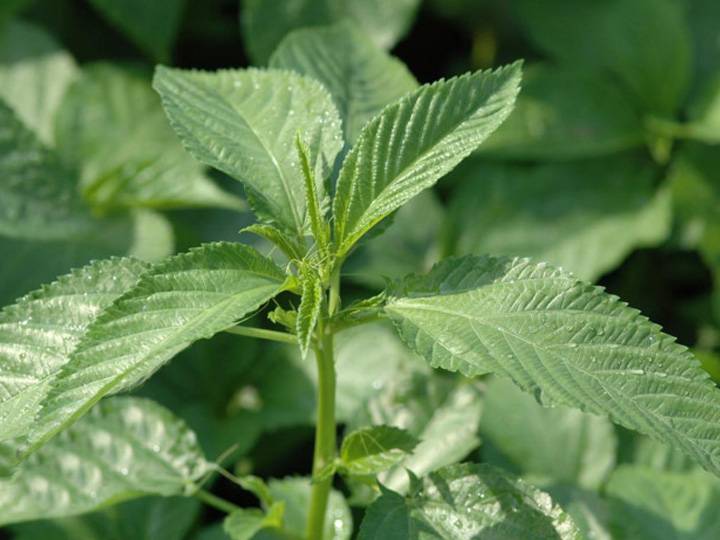For millennia, kitchens and traditional medicine cabinets all around have had jute mallow, a leafy green powerhouse. Scientifically known as Corchorus olitorius, this amazing plant has become well-known as a flexible, nutrient-dense crop with many future possibilities for modern diets and sustainable agriculture.
An overview of Jute Mallow’s history
Originally grown for its fragile leaves and fibers, jute mallow (Mrenda) comes from Africa and Asia. Ancient Egyptian royalty prized it as a meal, often using it to make a thick, savoury soup known as molokhia. The plant travelled over time to the Middle East, Southeast Asia, and even the Caribbean, where it became a cherished component in many different kinds of cuisine.
uses in cooking
Jute mallow’s versatility in the kitchen is one of the factors contributing to its immense popularity. Like okra, the cooked leaves have a somewhat slimy feel that makes them a useful thickening ingredient for soups and stews. There are several ways to enjoy jute mallow:
- Often eaten with rice and meat, molokhia soup (Middle East) is a filling meal created with jute mallow leaves, garlic, and spices.
- Made from mixing cooked jute mallow with spices, ewedu soup (Nigeria) is a traditional Yoruba delicacy eaten alongside amala, or pounded yam.
- Saag, or South Asian, is a savory side dish made from jute mallow cooked with mustard greens and spices in parts of India and Bangladesh.
Nutritional Value of Mrenda (Jute mallow)
Jute mallow serves as both a nutritional treasure and a culinary delight. Packed with vitamins A, C, and E, it fights oxidative stress, increases immunity, and helps skin look good. Its high levels of iron and calcium help with bone strength and anemia prevention. Its dietary fiber also promotes gut health by aiding digestion.
Agricultural and financial values
Fast-growing, drought-tolerant jute mallow is a perfect crop for areas with dry conditions. In addition to its delicious leaves, the plant’s stalks yield jute fibre, a biodegradable material essential for the production of mats, ropes, and environmentally friendly packaging. For many developing nations, jute mallow serves as a dual-purpose crop that holds significant economic importance.
Ecology and the Future
Jute mallow seems especially promising as the globe moves towards sustainable food systems. Its nutritional and financial advantages, as well as its capacity to flourish in demanding conditions, define it as a useful crop for addressing food shortages and supporting environmental sustainability.
cultivating your own jute mallow
If you find yourself motivated to incorporate jute mallow into your diet, why not plant it yourself? It needs little care and thrives in warm climates. Simply plant the seeds in well-drained soil, water frequently, and after a few weeks you will have fresh, nutrient-dense greens ready to eat.
In essence,
Jute mallow is evidence of the inventiveness of nature, not only a leafy green. Whether you’re enjoying a bowl of Molokhia, researching its health advantages, or using its fibers to make environmentally friendly goods, Mrenda shows how old plants might be the secret to a sustainable future. We should welcome this little but amazing plant and include it in our daily lives.
